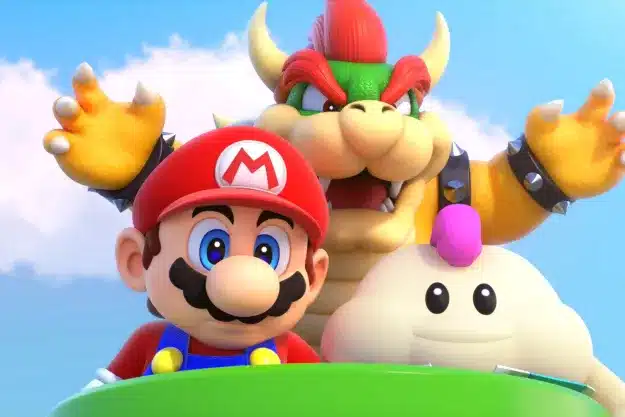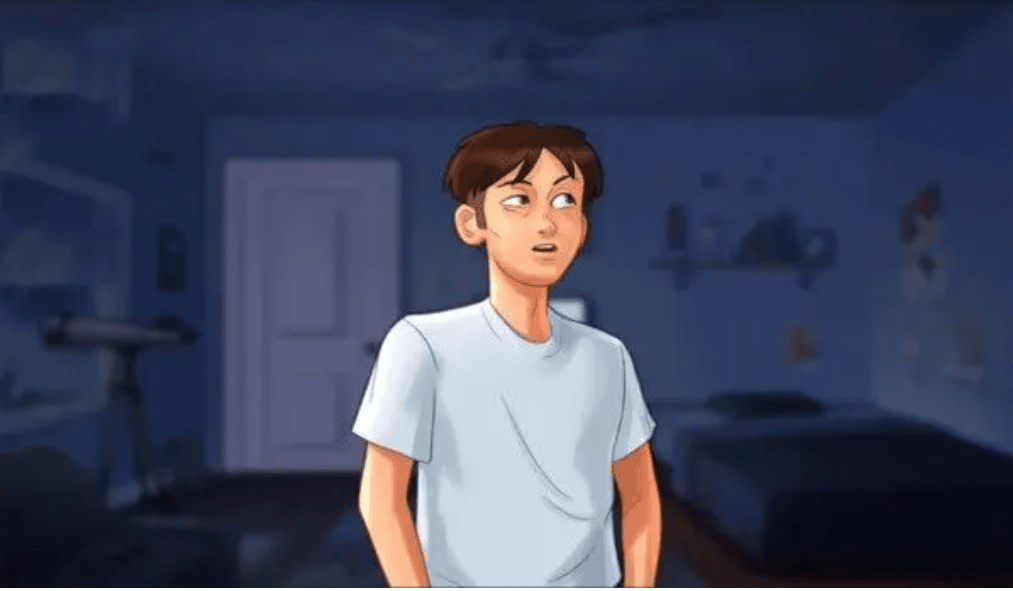Imagine a time when video games weren’t filled with fancy graphics and 3D effects. A time when gamers relied on their imagination to bring pixelated characters to life. Super Mario RPG: Legend of the Seven Stars was one such game that captured the hearts of millions with its unique blend of platforming and role-playing gameplay. In this article, we’ll delve into the origins of Super Mario RPG, explore its captivating gameplay, dissect its charming characters, appreciate its art and sound design, and discuss its lasting legacy in the gaming industry.
Unveiling the Super Mario RPG
Super Mario RPG, released in 1996, was a joint venture between Nintendo and Square (now known as Square Enix), combining their expertise in platformers and RPGs, respectively. This collaboration birthed a game that paid homage to the classic Super Mario franchise while introducing new elements that set it apart from its predecessors.
The Origin of Super Mario RPG
The concept for Super Mario RPG originated from a desire to create an RPG experience starring Nintendo’s beloved mascot, Mario. Development began soon after the Super Nintendo Entertainment System (SNES) launched, marking the beginning of a new era for video games.
As the development team brainstormed ideas, they wanted to create a game that would not only appeal to fans of the Super Mario franchise but also attract RPG enthusiasts. They aimed to combine the best of both worlds, taking the platforming elements that made Super Mario games so popular and infusing them with the depth and strategy of RPG gameplay.
Months of planning and collaboration ensued as the teams from Nintendo and Square worked closely together, sharing their expertise and knowledge. The goal was to create a game that would captivate players with its engaging story, memorable characters, and innovative gameplay mechanics.
The Unique Appeal of the Game
What made Super Mario RPG stand out from other games of its time was its ability to seamlessly blend platforming and RPG mechanics. Players could jump, spin, and explore vibrant environments reminiscent of classic Super Mario games while also engaging in turn-based battles and leveling up their characters.
One of the key features that set Super Mario RPG apart was the inclusion of timed button presses during battles. This added an extra layer of skill and strategy, as players had to time their attacks and defenses perfectly to maximize their effectiveness. It was a departure from traditional turn-based RPG combat and added a dynamic element to the gameplay.
Furthermore, the game introduced a wide array of colorful and memorable characters, both old and new, that players could interact with throughout their journey. From the mischievous Geno to the loyal Princess Toadstool, each character had their own unique abilities and personalities, adding depth and variety to the gameplay experience.
The world of Super Mario RPG was also filled with intricate puzzles and secrets, encouraging players to explore every nook and cranny. Hidden treasures, secret paths, and challenging mini-games awaited those who dared to venture off the beaten path, rewarding their curiosity and perseverance.
Visually, the game was a treat for the eyes. The graphics pushed the limits of the SNES hardware, showcasing vibrant and detailed environments that brought the Mushroom Kingdom to life. From lush forests to treacherous castles, each location was meticulously designed to immerse players in a rich and captivating world.
Super Mario RPG was not only a technical achievement but also a testament to the power of collaboration and innovation. It captured the hearts of players around the world, becoming a beloved classic that continues to be celebrated to this day.
Delving into the Gameplay
Super Mario RPG introduced a unique timed hit system, adding an element of skill to battles. By pressing a button at the right moment, players could execute critical hits or defend against enemy attacks. This simple yet engaging mechanic made battles exciting and kept players on their toes throughout the game.
Exploring the Game’s World
The world of Super Mario RPG was filled with colorful locations, each with its own distinct charm and secrets to uncover. From the lively Mushroom Kingdom to the treacherous Nimbus Land, players were constantly rewarded for their exploration by stumbling upon hidden paths, mini-games, and powerful items.
The Protagonists and Their Abilities
In Super Mario RPG, players joined forces with iconic characters such as Mario, Princess Peach, and Bowser. Each character had their own unique abilities and playstyle, adding depth to the gameplay. Mario, the balanced hero, could jump high and use a variety of weapons, Peach had healing magic, and Bowser boasted brute strength and fire-based attacks.
The Antagonists and Their Motives
No RPG is complete without memorable villains, and Super Mario RPG delivered. The main antagonist, Smithy, was a mechanical being with a desire to conquer Mario’s world. Alongside Smithy, players faced off against a colorful cast of baddies, each with their own motives. From the mischievous Booster to the sinister Exor, these enemy characters added excitement and depth to the game’s narrative.
Design: The Retro Aesthetic of Super Mario RPG
Super Mario RPG embraced a charming retro aesthetic that paid homage to the franchise’s earlier 2D roots. The game featured vibrant sprites, detailed backgrounds, and imaginative enemy designs. This visual style captured the essence of the Super Mario series, appealing to both new and nostalgic players alike.
The Memorable Soundtrack
Complementing the game’s visuals was an unforgettable soundtrack composed by Yoko Shimomura. From upbeat tracks like “Beware the Forest’s Mushrooms” to emotional melodies like “Sad Song,” the music of Super Mario RPG perfectly captured the mood of each moment, immersing players further into the game’s world.
The Impact on Future Mario Games
Super Mario RPG’s innovative gameplay and lovable characters laid the foundation for future Mario RPG titles. The Paper Mario and Mario & Luigi series, both inspired by Super Mario RPG, expanded on the game’s mechanics while incorporating their own unique twists. These subsequent titles carried on the spirit of Super Mario RPG, captivating new generations of players.
The Enduring Popularity of the Game
Despite its release over two decades ago, Super Mario RPG remains a beloved classic among gamers old and new. Its engaging gameplay, memorable characters, and timeless art style continue to captivate players to this day. With its lasting legacy, Super Mario RPG stands as an authentic ode to a bygone era in gaming, reminding us of the joy and imagination that gaming can bring.
So, whether you’re a fan of the Super Mario franchise, a lover of RPGs, or simply looking for a dose of nostalgia, Super Mario RPG: Legend of the Seven Stars is a game that shouldn’t be missed. Strap on your cape and jump into the mushroom-filled world of this timeless classic.
Disclaimer: All images are copyright of their respective owners and are used by Hablamos De Gamers for informational purposes only.
The Review
Super Mario RPG
PROS
- Accessible Difficulty: The game provided a balanced challenge that was accessible to both RPG veterans and newcomers.
- Humor and Charm: It is filled with humor, references, and the charm expected from a Mario game.
- Engaging Story: The narrative was more complex than traditional Mario games, featuring a quest to repair the Star Road.
- Unique Visual Style: The game boasted distinctive 3D-rendered graphics, which were groundbreaking for the SNES.
- Innovative Gameplay: "Super Mario RPG" was one of the first games to blend platforming elements with turn-based RPG mechanics, offering a fresh gameplay experience.
- Memorable Characters: The game introduced new characters like Geno and Mallow, who became fan favorites, alongside classic Mario characters.
CONS
- Short Length: The game is relatively short for an RPG, with most players finishing it in under 30 hours.
- Graphics: While innovative at the time, the graphics may appear dated to modern gamers used to HD and 3D graphics.
- Limited Inventory: The game's inventory system was somewhat restrictive, limiting how many items players could carry.





















